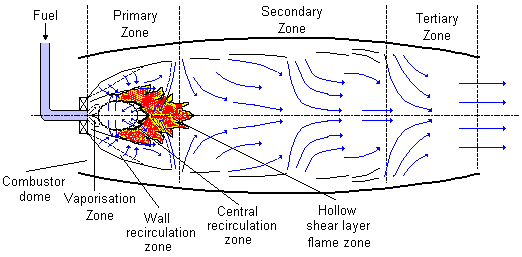
Figure 14: Typical design of a gas turbine combustor
A typical gas turbine design may be as in the following Figure (Tuttle et al. (1976)) :

Since even the reduced gas velocity is much higher than the actual velocity of the fuel spray, the flame must be stabilised by a high degree of recirculation, allowing ample time for reactions to take place.
In the primary zone equivalence ratios approach unity ( ~ 1), providing favourable conditions for fuel ignition and stability. Normally the air flow through the dome is swirled, creating a low pressure recirculation zone for flame holding. Between the higher velocity dome air flow and the lower velocity central recirculation zone flow, a region of high turbulence (the shear layer) is created due to the large velocity gradient.
~ 1), providing favourable conditions for fuel ignition and stability. Normally the air flow through the dome is swirled, creating a low pressure recirculation zone for flame holding. Between the higher velocity dome air flow and the lower velocity central recirculation zone flow, a region of high turbulence (the shear layer) is created due to the large velocity gradient.
The cone of fuel injected penetrates directly into the shear layer region where fuel vaporises, mixes with the oxidiser and burns. Typically 20 - 30 % of the air is injected in the primary zone, whereas the remainder is injected in the secondary zone.
 ~ 0.5), providing an excess of air for all remaining fuel molecules, CO, H radicals to be fully oxidised. Air and fuel flow may recirculate back into the primary zone, but largely penetrate to the combustor centreline. In addition, the temperature is lower here than at stoichiometric mixture but still too high for the turbine blades.
~ 0.5), providing an excess of air for all remaining fuel molecules, CO, H radicals to be fully oxidised. Air and fuel flow may recirculate back into the primary zone, but largely penetrate to the combustor centreline. In addition, the temperature is lower here than at stoichiometric mixture but still too high for the turbine blades.
 Previous |  Table of Contents |  Next |